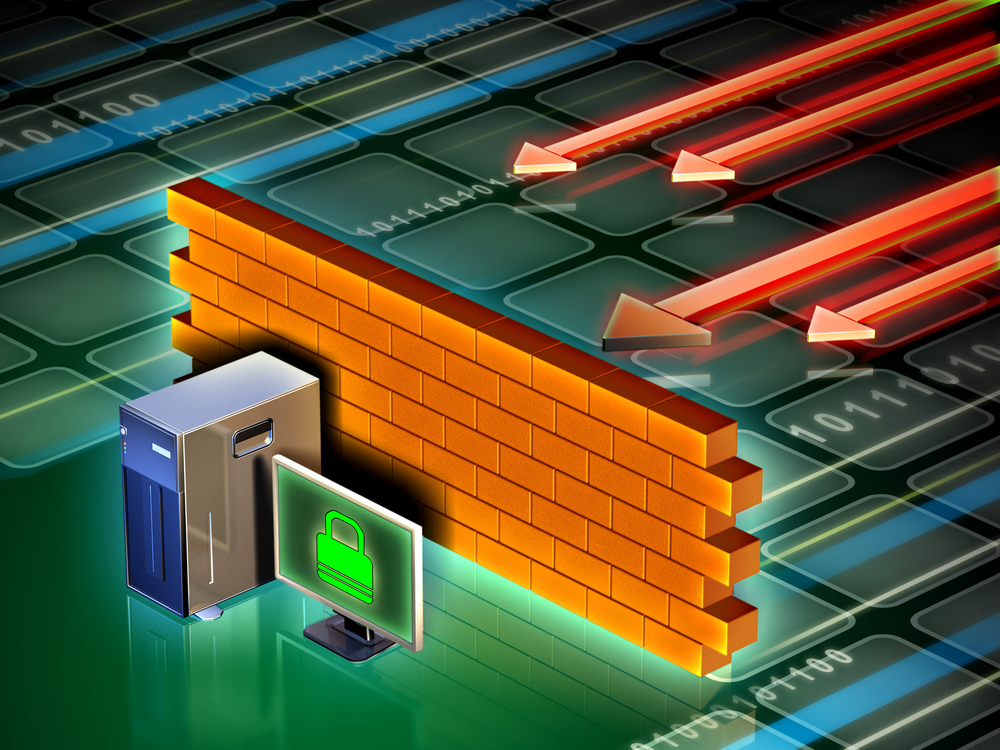Understanding Firewalls: What You Need to Know
November 12, 2024

In cybersecurity, firewalls stand as stalwart defenders, forming a crucial line of defense against malicious threats attempting to breach our digital fortresses. But what exactly do we know, don’t know, and should know about these guardians of our networks?
What We Do Know
- Definition and Function: At its core, a firewall is a security system designed to monitor and control incoming and outgoing network traffic based on predetermined security rules. It acts as a barrier between trusted internal networks and untrusted external networks (like the internet), deciding which traffic to allow and which to block.
- Types of Firewalls: Firewalls come in various forms:
- Network Firewalls: Traditional firewalls that operate at the network level, examining packets of data to enforce security policies.
- Application Firewalls: Focus on specific applications or services, providing deeper inspection capabilities beyond packet headers.
- Proxy Firewalls: Act as intermediaries between clients and servers, filtering traffic at the application layer.
- Deployment: Firewalls can be hardware-based, software-based, or a combination of both (often referred to as unified threat management or UTM). They are typically positioned at strategic points within a network, such as between internal and external networks or between network segments.

What We Don't Know
- Complete Security: Despite their effectiveness, firewalls alone cannot guarantee absolute security. They are part of a layered approach to cybersecurity and should be complemented with other security measures like intrusion detection systems (IDS), antivirus software, and user training.
- Limitations: Firewalls may struggle with encrypted traffic, as they often can’t inspect encrypted data without decryption, which might not always be practical or desirable due to privacy concerns.
- Dynamic Threat Landscape: Firewalls require regular updates to maintain efficacy against evolving threats. New attack methods and vulnerabilities emerge constantly, challenging firewall technologies to keep pace.
What We Should Know
- Configuration and Maintenance: Properly configuring firewalls is critical. This involves defining and updating rulesets based on network policies, understanding default settings, and ensuring compatibility with other security tools.
- Monitoring and Logging: Active monitoring of firewall logs is essential to detect anomalies or suspicious activities. Regularly reviewing these logs helps identify potential security incidents and fine-tune firewall rules.
- Education and Training: Ensuring that IT staff and end-users understand firewall policies and best practices is crucial. Awareness of social engineering tactics and phishing attempts can prevent circumvention of firewall protections through human error.

Firewalls remain indispensable in safeguarding networks against unauthorized access and cyber threats. While they provide robust protection when properly implemented, it’s important to recognize their limitations and the need for a comprehensive security strategy. By staying informed about evolving threats, maintaining vigilance in configuration and monitoring, and fostering a culture of cybersecurity awareness, organizations can maximize the effectiveness of their firewall defenses.
In essence, while firewalls are powerful tools in the cybersecurity arsenal, their strength lies not just in what they block, but in how well they are integrated into a broader defense strategy.
Have Any Question?
Call or email Cocha. We can help with your cybersecurity needs!
- (281) 607-0616
- info@cochatechnology.com




